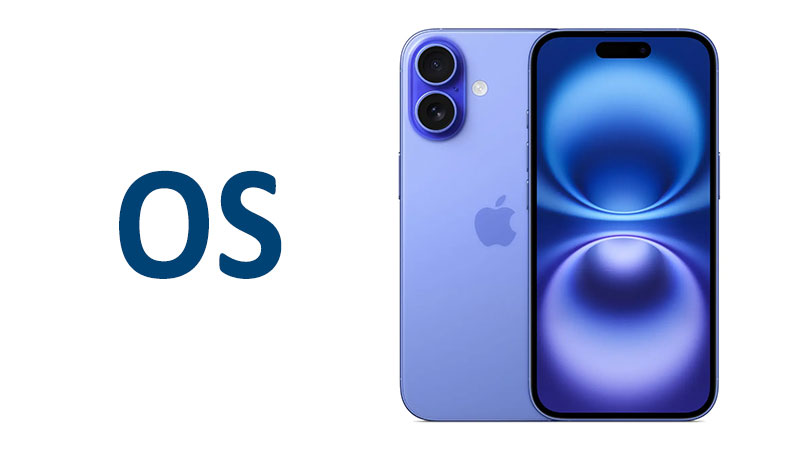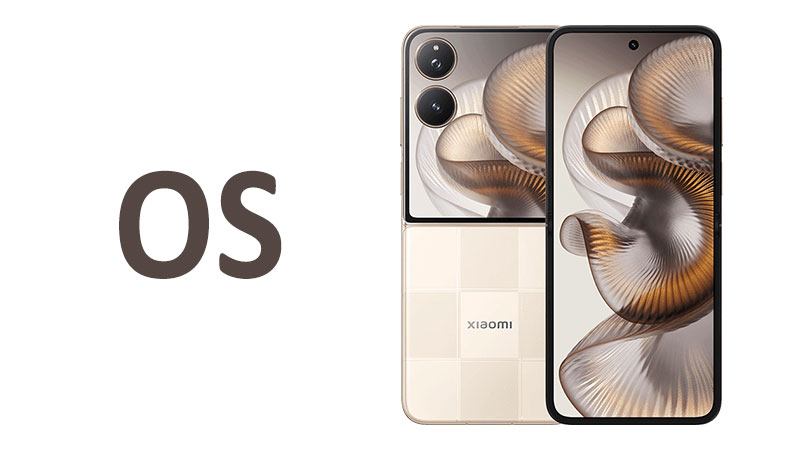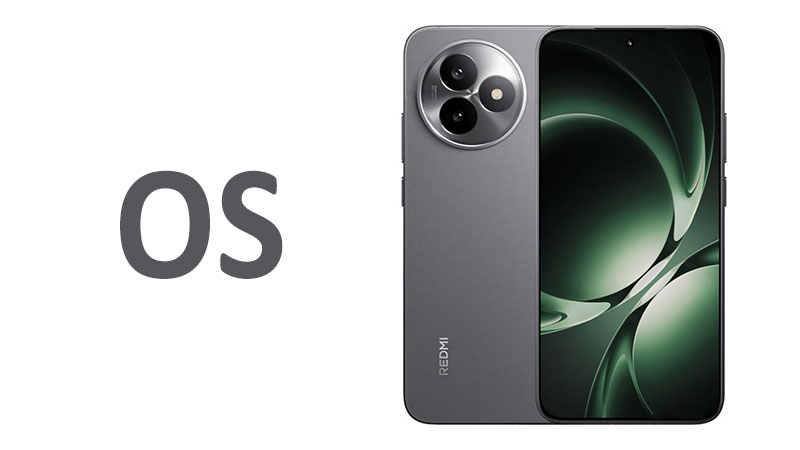The launch of a new iPhone is always a significant event. However, it’s not just the hardware that captures attention. The software, the heart of the device, is equally crucial. The Apple iPhone 16 OS, known officially as iOS 18, brings a wave of new features and significant changes. This operating system is a powerful evolution of the mobile experience. It redefines how users interact with their devices, focusing on personalization, intelligence, and privacy. Understanding iOS 18 is essential for anyone considering a new iPhone or simply interested in the future of mobile technology.
A Thorough Review of iOS 18
Enhanced Customization and a Redesigned Home Screen
One of the most immediate and impactful changes in iOS 18 is the unprecedented level of customization. For the first time, users can place app icons and widgets anywhere on the Home Screen. This breaks the rigid grid system that has defined iOS for years. You can finally arrange your apps to showcase your wallpaper or create a clean, minimalist layout.
This feature is a major departure for Apple. It gives users a level of control previously only seen on Android. Icons can also be tinted with a color that complements your wallpaper. You can even switch them to a dark mode appearance. This small but welcome change allows for a truly personalized aesthetic.
- Comparison: This is a direct response to a long-standing advantage held by Android. While Android’s free-form icon placement has been a standard feature for years, Apple’s implementation is seamless and integrated with the rest of the OS, maintaining the familiar iOS polish.
Pros:
- Unlocks new levels of personalization.
- Allows for cleaner and more functional home screen layouts.
- Enables better display of wallpapers.
Cons:
- Some users may find the new freedom overwhelming.
- The “tinting” feature might not appeal to all users.
A Smarter, More Capable Siri and Apple Intelligence
iOS 18 is the foundation for Apple’s new AI features, collectively branded as “Apple Intelligence.” This is a monumental shift. The new A18 and A18 Pro chips in the iPhone 16 are specifically optimized for these AI capabilities. This makes the iPhone 16 the first device “built from the ground up” for Apple’s new AI tools.
Siri has been completely revamped. It’s now more intelligent, conversational, and context-aware. This new version can understand and execute complex requests, and for the first time, perform actions within apps. For example, you can ask Siri to “edit this photo and make it black and white.” This level of integration is a significant step forward.
Apple Intelligence also introduces “Writing Tools” across the OS. This feature can help you rewrite, proofread, and summarize text in apps like Mail and Notes. The “Genmoji” feature allows you to create custom emojis on the fly. These AI features are designed to be personal and on-device, prioritizing user privacy.
- Comparison: Apple Intelligence aims to compete with AI assistants like Google Assistant and Samsung’s Galaxy AI. Apple’s key differentiator is its focus on on-device processing. This provides a more secure and private user experience.
Pros:
- Siri is finally a truly useful and intelligent assistant.
- Writing tools improve productivity across the board.
- On-device AI prioritizes user privacy.
- The iPhone 16’s new hardware is optimized for these features.
Cons:
- Some of the most advanced AI features are region-locked to the U.S. initially.
- The full rollout of all features is staggered.
- Requires a more powerful chip, limiting its full potential on older devices.
Revamped Core Apps and Features
Several native iOS apps have received major overhauls. The Photos app has a brand-new design. It organizes your library into “Collections” based on themes like trips and people. The new, single-view grid makes browsing your memories faster and more intuitive.
The Messages app gets some long-awaited upgrades. You can now schedule messages to be sent later. You can also react to messages with any emoji or sticker. The most important change for many users is the support for RCS (Rich Communication Services). This improves the messaging experience with Android users. It enables higher-resolution media, read receipts, and typing indicators for “green bubble” chats.
- Comparison: The RCS support is a huge step. It closes the feature gap between iPhone and Android users. Android has had RCS for years. Apple’s adoption of the standard signals a move towards interoperability.
Pros:
- The Photos app is cleaner and easier to navigate.
- RCS support is a significant quality-of-life improvement.
- Messages scheduling is a convenient, practical feature.
Cons:
- The redesigned Photos app might take some getting used to.
- Users have been waiting for RCS support for a very long time.
Important Points for Buyers and Readers
The Apple iPhone 16 OS is not just a standard software update. It’s a fundamental change in Apple’s approach. It marks a shift towards personalization and a deeper integration of AI. The iPhone 16 is the first device to truly showcase the full power of iOS 18. This is because it features the new A18 chip with its enhanced Neural Engine.
For a potential buyer, this means the iPhone 16 offers a superior experience. It is not just about a better camera or a faster chip. It’s about a more intelligent, intuitive, and personal phone. The on-device AI ensures your data remains private. This is a crucial selling point in an era of increasing data privacy concerns.
If you are currently using an older iPhone, you will get many of the new iOS 18 features. However, you won’t get the full “Apple Intelligence” experience. The A18 chip is the key. This makes the iPhone 16 a compelling upgrade, especially for those who want the latest and most advanced features.
The new software also works in tandem with new hardware features. The iPhone 16’s new “Camera Control” button is a prime example. iOS 18 provides deep software support for this button. It allows for quick-access controls for zoom, focus, and more. This seamless integration of hardware and software is an Apple hallmark.
Conclusion
The Apple iPhone 16 OS, or iOS 18, is a transformative update. It is more than a simple iteration. The introduction of Apple Intelligence, the newfound customization options, and the practical improvements to core apps make it a landmark release. The shift towards personalization and a truly intelligent, on-device assistant redefines the user experience.
While some features are staggered and region-specific, the direction is clear. Apple is embracing AI in a big way. They are doing so with a firm commitment to privacy. For the prospective buyer, the iPhone 16 running iOS 18 represents the most complete and advanced mobile experience available from Apple. It is a powerful, smart, and highly personal device that sets a new standard for the industry.
FAQ
The official name is iOS 18.
“Apple Intelligence” is Apple’s brand name for its suite of on-device AI features. These features are deeply integrated into iOS 18.
Yes, iOS 18 is available for many older iPhone models, including the iPhone XS and newer. However, the most advanced Apple Intelligence features require the A18 chip found in the iPhone 16 lineup.
Yes, a major new feature in iOS 18 is the addition of RCS support. This improves the messaging experience when communicating with Android users.
Key new features include a customizable Home Screen, a smarter Siri powered by Apple Intelligence, a redesigned Photos app, and RCS messaging support. The OS also provides deep software integration for the iPhone 16’s new Camera Control button.



